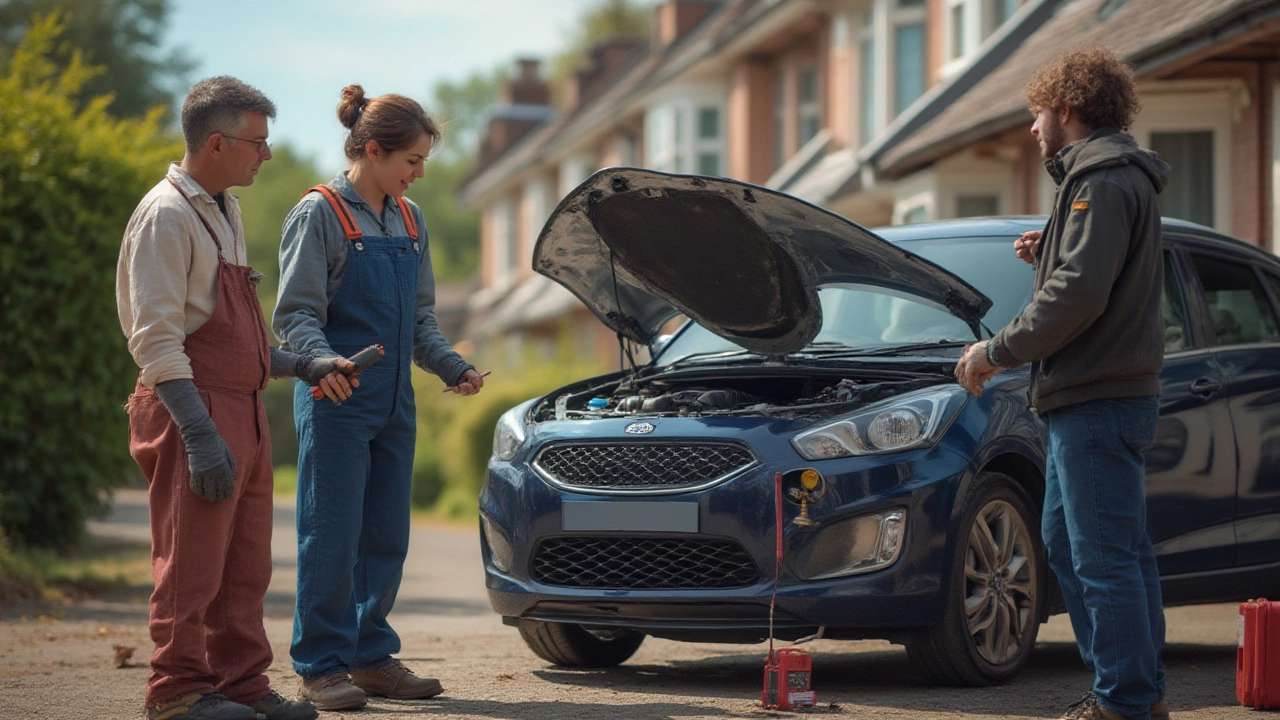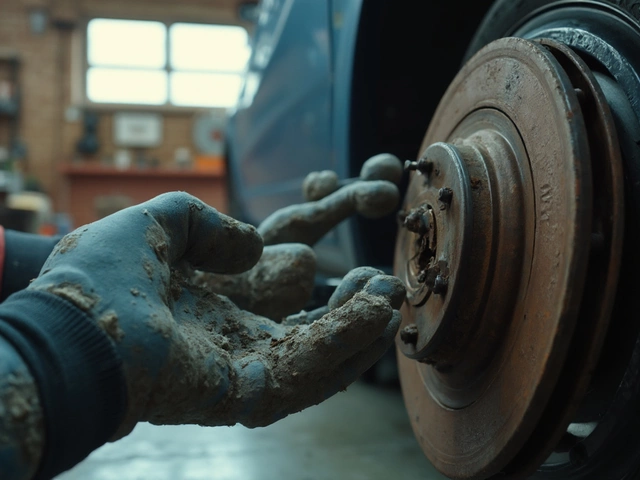Fuel Pump Diagnosis: How to Spot and Fix Pump Problems
If your car stalls, sputters, or refuses to start, the fuel pump might be to blame. It’s one of those parts that works quietly in the background, so you often don’t notice anything until it starts acting up. The good news is you don’t need a garage full of tools to figure out if the pump is the culprit. A few simple checks can tell you what’s wrong, and whether you can fix it yourself or need a professional.
Common Signs Your Fuel Pump Is Failing
First thing you’ll notice is a change in engine behavior. A whining noise from the rear of the car, especially when you turn the key, can mean the pump is struggling. If the engine cranks but won’t fire, or you get a sudden loss of power while driving, the pump may not be delivering enough fuel. You might also see a drop in fuel efficiency – the gauge drops faster than usual even though you’re driving the same distance.
Other red flags include a hard start when the engine is cold, or a sputtering idle that gets worse when you press the accelerator. In some cases, the check‑engine light will flash a code related to fuel pressure or delivery. If you’ve noticed any of these symptoms, it’s time to dig a little deeper.
Step‑by‑Step Diagnosis Checklist
1. Listen for the pump. Turn the ignition to the ‘on’ position without starting the engine. You should hear a faint whirring sound for a couple of seconds – that’s the pump priming. No sound? The pump may be dead or the relay could be faulty.
2. Check fuel pressure. A simple pressure gauge can be attached to the fuel rail (many auto parts stores rent them out). Compare the reading to the specification in your owner’s manual. Low pressure usually points to a failing pump or a clogged filter.
3. Inspect the fuel filter. A blocked filter can mimic pump failure. Replace it if it looks dirty or hasn’t been changed in the last 12‑15 k miles.
4. Test the relay and fuse. Locate the fuel pump relay in the fuse box and swap it with an identical one that you know works (like the horn relay). If the engine starts, you’ve found the weak link.
5. Look for leaks. Check under the car and around the pump for any fuel odor or wet spots. Leaks not only reduce pressure but are dangerous.
If after these steps the pump still seems off, it’s probably time to replace it. Most modern pumps are in‑tank units, so removal can be a bit messy, but many DIYers handle it with a jack and a catch pan. If you’re not comfortable working with fuel, a quick visit to Northwich Tyres Centre can save you time and keep things safe.
Remember, a failing fuel pump can leave you stranded, especially in traffic or on the highway. Catching the signs early gives you a chance to plan the repair and avoid costly tow fees. Keep an eye on performance, listen for odd noises, and run the checklist whenever something feels off. Your car will thank you with smoother rides and fewer surprise breakdowns.
 31 July 2025
31 July 2025
How to Test a Fuel Pump: Step-by-Step Guide for Accurate Diagnosis
Learn easy and accurate ways to test a fuel pump, spot warning signs, and choose the best tools. Find real tips from pros and spot-on advice for any skill level.
 28 July 2025
28 July 2025
How to Test a Bad Fuel Pump: Signs, DIY Diagnostics, and Fixes
Learn how to test for a bad fuel pump with practical steps, key symptoms, and helpful tricks to save you time and money at home.
Latest Posts
-

How Much is a New Fuel Pump? Costs & Tips
-

How Long Will 5 Brake Pads Last? Real-World Lifespan Explained
-

How Do I Know if My Rotors Are Bad? Signs You Can't Ignore
-

Dealing with a Damaged Radiator: What You Need to Know Before Hitting the Road
-

Does Changing Spark Plugs Improve Your Car's Performance?

0